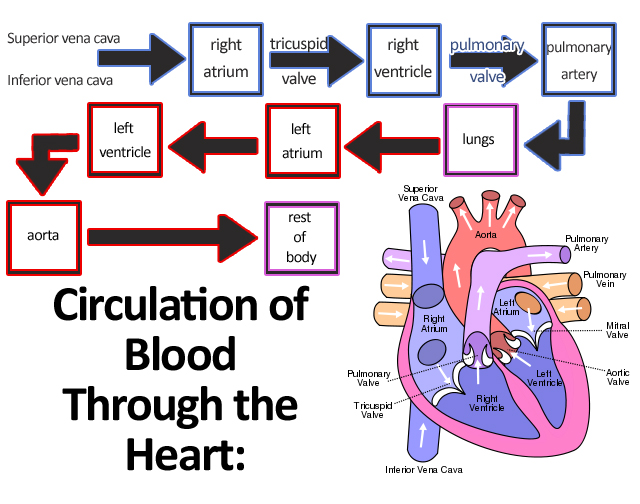Italian painter born at Vinci, next to Florence, died
at Chateaux de Cloux, in France, near Ambroise. He is mostly known as a
painter, having authored the "The Virgin and the Child with St. Anne", "Mona Lisa", (also known as "La Giaconda"), "The Last Supper", "St. John the Baptist", "The Madonna Of The Rocks", etc.
Leonardo da Vinci was a savant sketch artist, a wonderful colourist,
excelling at mixing mild tones with the technique of chiaroscuro. He was
also a sculptor, a physicist, an engineer, philosopher, writer, poet
and musician. He was distinguished in all these branches of art and
science.
Leonardo da Vinci is one of the most
complete and accomplished geniuses of the Renaissance. Legend has it
that he died in the arms of King Francois the 1st (the alleged scene
serves as an inspiration for the painting "The Death of Leonardo" by
Giroux).
Anatomical Study (heart and vessels) by Leonardo da Vinci, 1500
The heart is a hollow muscle that pumps blood throughout the blood vessels by repeated, rhythmic contractions. It is found in all animals with a circulatory system (including all vertebrates).[1]
The term cardiac (as in cardiology) means "related to the heart" and comes from the Greek καρδιά, kardia, for "heart".The vertebrate heart is principally composed of cardiac muscle and connective tissue.
Cardiac muscle is an involuntary striated muscle tissue found only in
this organ and responsible for the ability of the heart to pump blood.
The average human heart,
beating at 72 beats per minute, will beat approximately 2.5 billion
times during an average 66 year lifespan. It weighs approximately 250 to
300 grams (9 to 11 oz) in females and 300 to 350 grams (11 to 12 oz) in
males.[2]






1 comments:
Having read this I thought it was extremely enlightening. I appreciate you spending some time and effort to put this article together.
I once again find myself personally spending
way too much time both reading and leaving comments.
But so what, it was still worthwhile!
My page ... here are the findings
Post a Comment